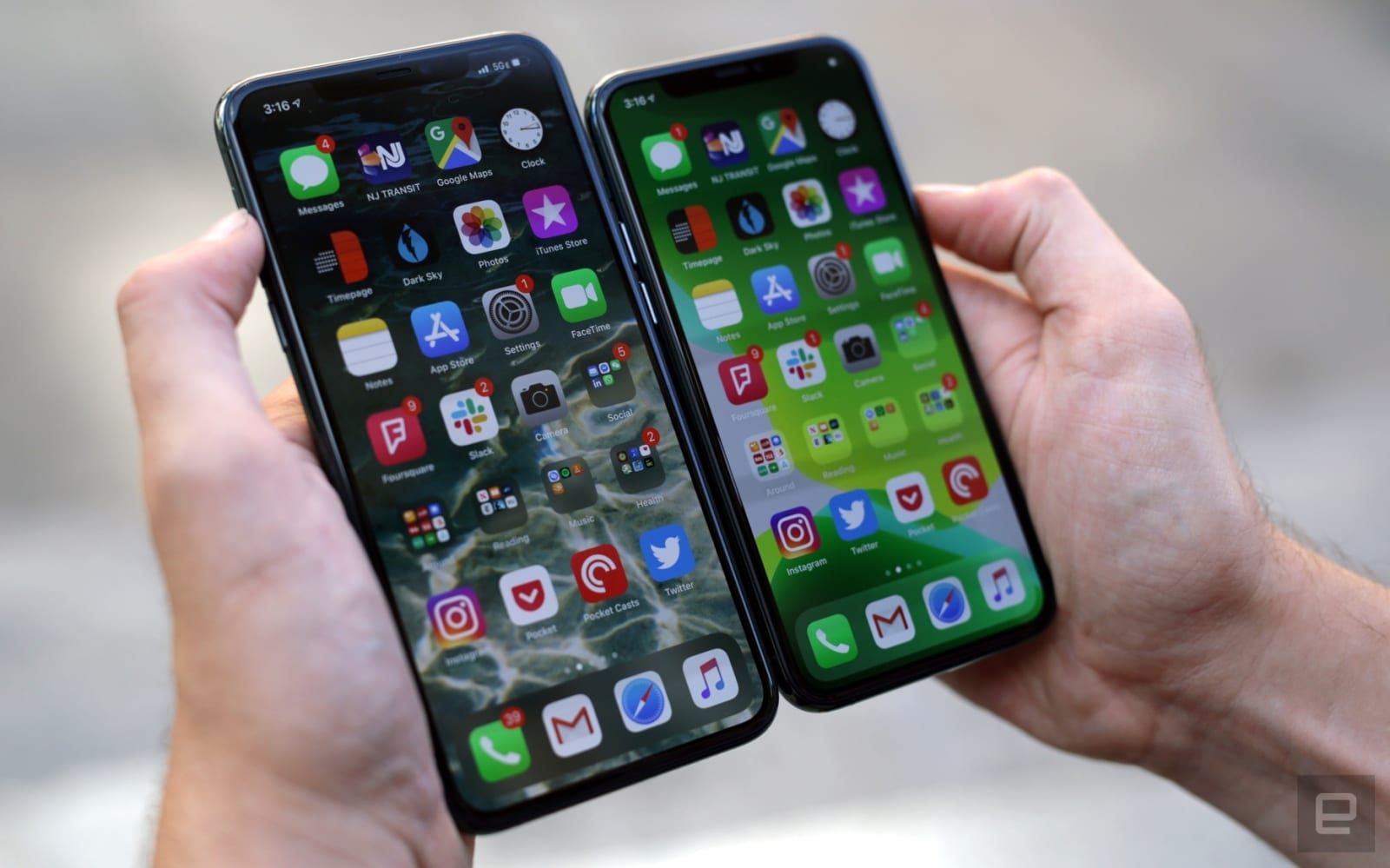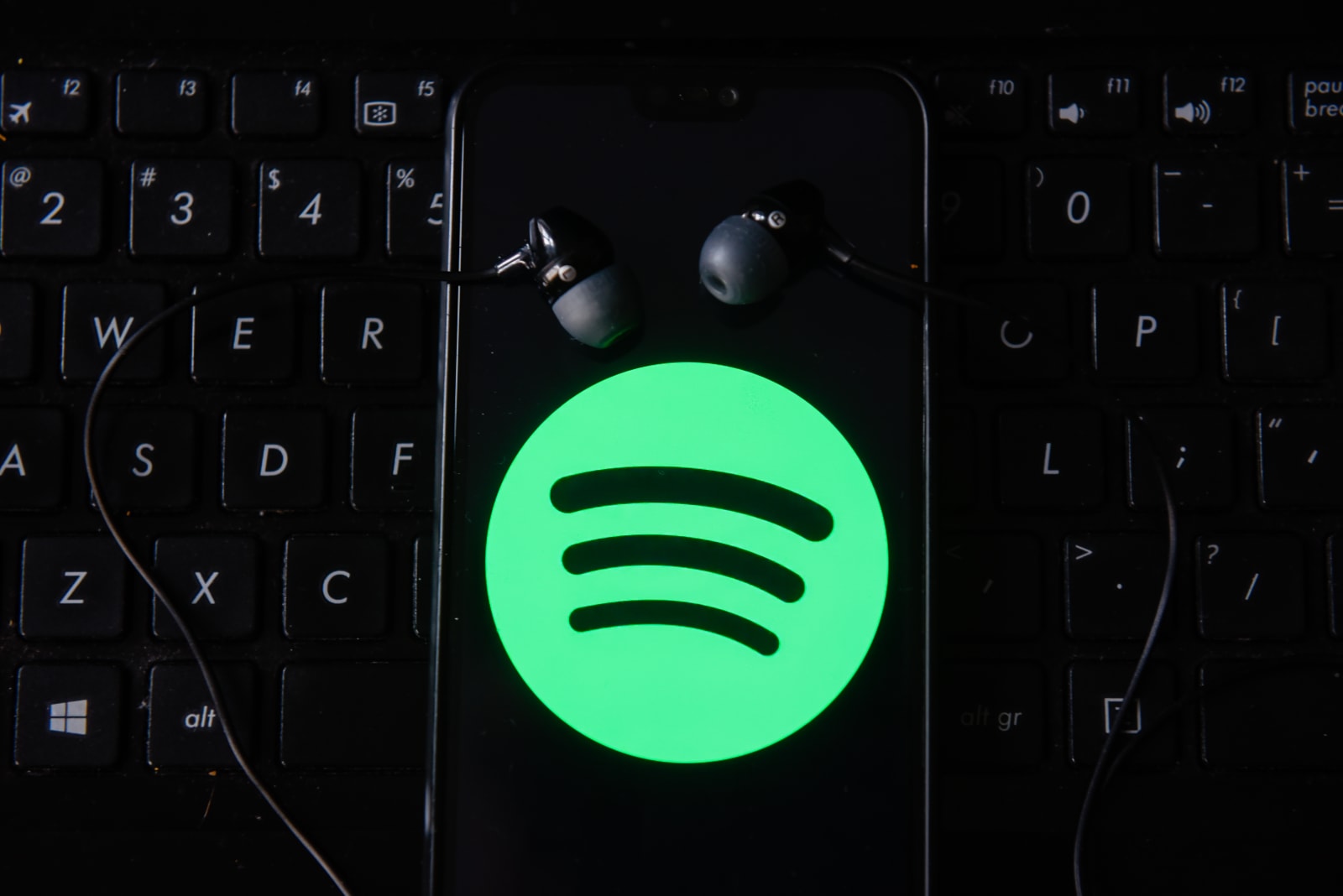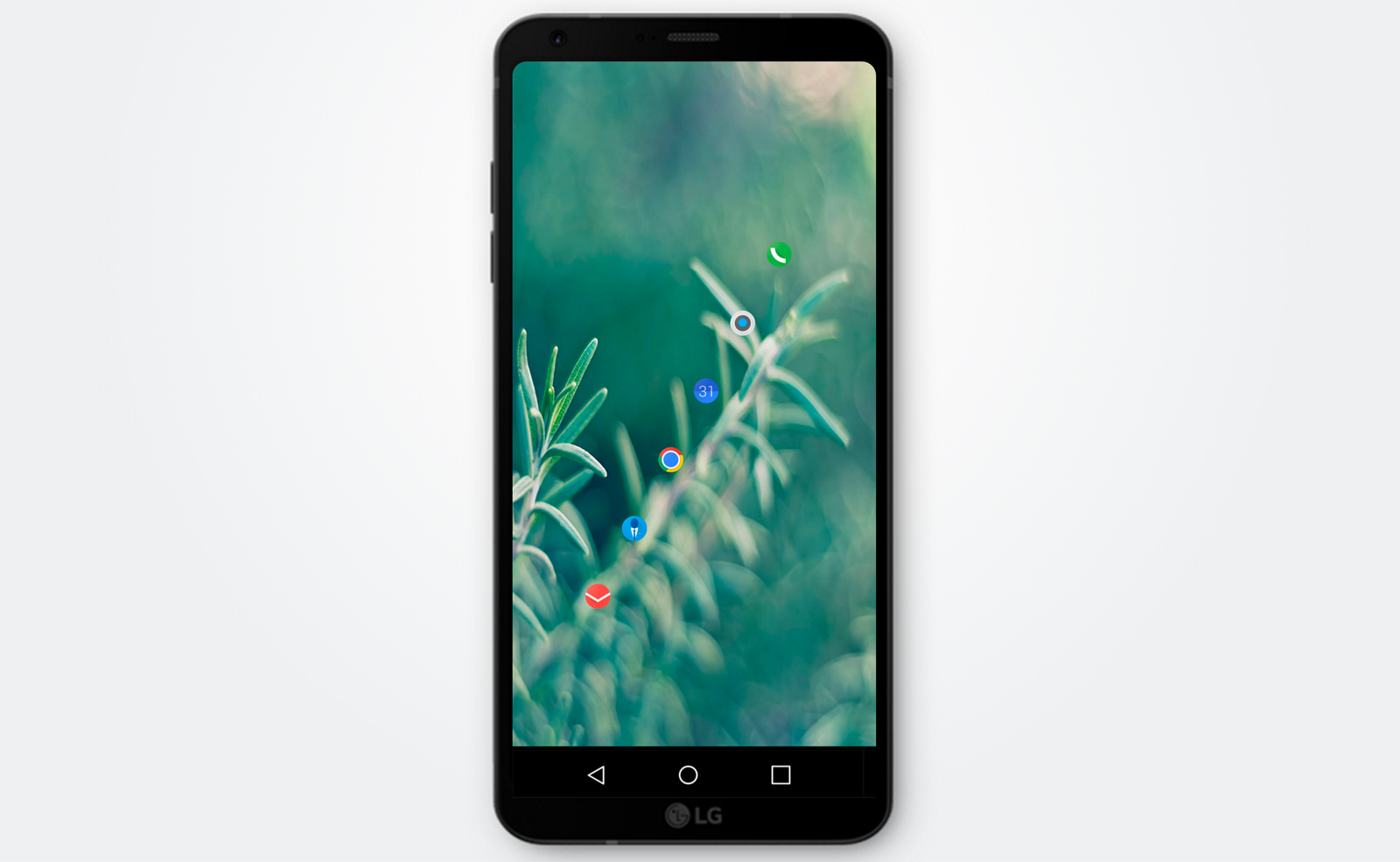
Today Facebook finally took the wraps off Home, a suite of apps and a home screen replacement for Android phones. It's not just a new UI for launching apps however; it replaces the lockscreen with Cover Feed and prioritizes updates from people instead of apps. There is a standard paginated launcher, that is always just a swipe away. But the focus is on the full-screen images that are your new welcome screen. These are status updates from friends that you can easily flip through and double tap to like when someone posts something exciting. Plain text status updates are placed over a user's cover photo, to keep the appearance consistent with photo-centric posts.
Notifications are presented as small cards, which Facebook applies an algorithm to, in order determine the updates that are most important to you. Just like with the standard Android UI you simply swipe notifications off screen to dismiss them. But, if you want to remove all of them in one shot, you long press a single notification and the rest will be drawn to it and you'll be able to dismiss the entire stack.
Filed under: Software, Mobile, Facebook
Comments
 Apple appears to be working on a new homescreen option for iOS 14 that will allow users to view their apps in a list format. Leaked code, obtained by 9to5Mac, suggests that the list format will let users sort their apps with several filters.
Apple appears to be working on a new homescreen option for iOS 14 that will allow users to view their apps in a list format. Leaked code, obtained by 9to5Mac, suggests that the list format will let users sort their apps with several filters.
 Apple appears to be working on a new homescreen option for iOS 14 that will allow users to view their apps in a list format. Leaked code, obtained by 9to5Mac, suggests that the list format will let users sort their apps with several filters.
Apple appears to be working on a new homescreen option for iOS 14 that will allow users to view their apps in a list format. Leaked code, obtained by 9to5Mac, suggests that the list format will let users sort their apps with several filters.
 Spotify's latest Android update has riled some of its loyal users. The update removes the homescreen widget from Spotify's Android app. Now, to control functions like play, pause and skip, users must drag down the notification shade. While this may s...
Spotify's latest Android update has riled some of its loyal users. The update removes the homescreen widget from Spotify's Android app. Now, to control functions like play, pause and skip, users must drag down the notification shade. While this may s...
 Firefox is making it easier for Android users to navigate the mobile web with Web App Manifest support, which will ship with Firefox 58 for Android. The feature supports Progressive Web Apps (PWA), the app-like interfaces displayed within mobile web...
Firefox is making it easier for Android users to navigate the mobile web with Web App Manifest support, which will ship with Firefox 58 for Android. The feature supports Progressive Web Apps (PWA), the app-like interfaces displayed within mobile web...
 If you can't dismiss an app by pressing the "back" button, it may just be a glitch or crappy app, but it could also be something much worse. That's why Google has quietly slipped in a new Android feature called "panic detection" that can preemptively...
If you can't dismiss an app by pressing the "back" button, it may just be a glitch or crappy app, but it could also be something much worse. That's why Google has quietly slipped in a new Android feature called "panic detection" that can preemptively...
 If you're an Android fan, there's a good chance you already know how to customize your home screen with launchers, icon packs and widgets. But what about everyday users? That's where Google wants to help. It just launched a #myAndroid Taste Test that...
If you're an Android fan, there's a good chance you already know how to customize your home screen with launchers, icon packs and widgets. But what about everyday users? That's where Google wants to help. It just launched a #myAndroid Taste Test that...
 With its latest Chrome Beta release, Google has given app-like websites called "Progressive Web Apps" a higher status on Android. If you launch a site like Flipkart Lite in the latest Android Chrome beta, you'll now get the option "add to home screen...
With its latest Chrome Beta release, Google has given app-like websites called "Progressive Web Apps" a higher status on Android. If you launch a site like Flipkart Lite in the latest Android Chrome beta, you'll now get the option "add to home screen...
 Google's Creative Lab has released an interesting, and potentially super-helpful, new app on Tuesday called Meter. It transforms your boring, static wallpaper into a functional Material Design widget displaying either your remaining battery life, W...
Google's Creative Lab has released an interesting, and potentially super-helpful, new app on Tuesday called Meter. It transforms your boring, static wallpaper into a functional Material Design widget displaying either your remaining battery life, W...








